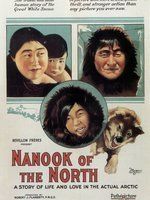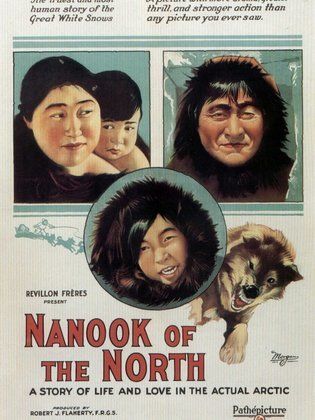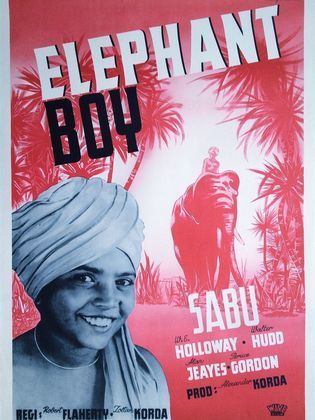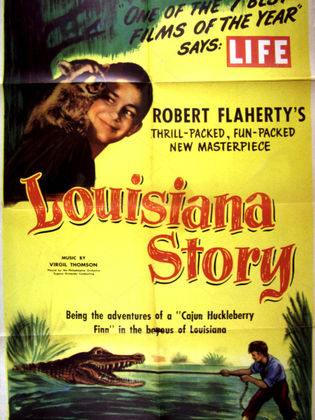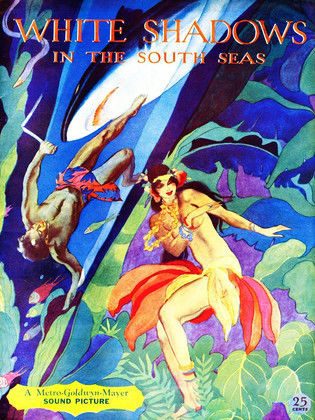Robert J. Flaherty (1884 - 1951) روبرت فلاهرتي
Biography
An American author and director, he was born in Iron Mountain, Michigan, in the United States. He is one of the pioneers of documentary cinema. He made the film Nanook of the North (1922). He went to Canada in 1910 and had a close relationship with the family. He would specify...Read more with them every day the scenes he wanted to film, then view the recording material in a laboratory he made in the same place, then show the images to the heroes, before they decided together on the next filming program. The film was shown in 1922 and achieved success in movie theaters. He came to America at the beginning of World War II, and in the period between 1939 and 1942, he directed the film “The Land” for the US Department of Agriculture, which depicted the erosion of soil due to various erosion factors as the center of the United States, which had been fertile, turned into a desert. However, the Ministry prohibited showing it. The film was considered very depressing and had a bad effect in the same scenes. Louisiana Story (1948) and The Titan: Story of Michelangelo (1950) were his last two films before he died in Dummerston, Vermont, in the United States.
-
- Nationality:
- US
-
- Date of Birth:
- 16 February 1884
Watch Online (Sponsored By Yango Play)
-
-
- 2 Qahwa
- 2025 - Series
-
-
- Siko Siko
- 2025 - Movie
-
-
- Rocky El Ghalaba
- 2025 - Movie
-
-
- One Last Sin
- 2025 - Series
-
-
- Ward w Shokolata
- 2025 - Series
-
-
- Al Shater
- 2025 - Movie
Known for
(According to views)
More details
An American author and director, he was born in Iron Mountain, Michigan, in the United States. He is one of the pioneers of documentary cinema. He made the film Nanook of the North...Read more (1922). He went to Canada in 1910 and had a close relationship with the family. He would specify with them every day the scenes he wanted to film, then view the recording material in a laboratory he made in the same place, then show the images to the heroes, before they decided together on the next filming program. The film was shown in 1922 and achieved success in movie theaters. He came to America at the beginning of World War II, and in the period between 1939 and 1942, he directed the film “The Land” for the US Department of Agriculture, which depicted the erosion of soil due to various erosion factors as the center of the United States, which had been fertile, turned into a desert. However, the Ministry prohibited showing it. The film was considered very depressing and had a bad effect in the same scenes. Louisiana Story (1948) and The Titan: Story of Michelangelo (1950) were his last two films before he died in Dummerston, Vermont, in the United States.
- Nationality:
- US
- Date of Birth:
- 16 February 1884











